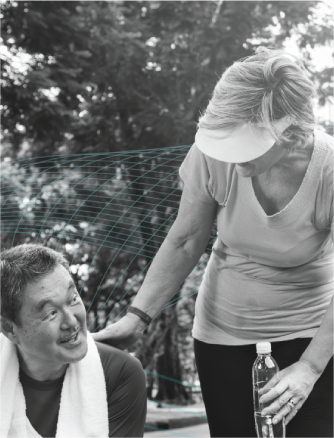Streamlining the healthcare workflow
Automation could remove routine tasks from physicians’ hands, freeing them to focus on more complex cases and allocate more time to engage with their patients and contribute to their specialization. Drones are now performing fast emergency care, removing the need for a physical person to deliver life-saving equipment and supplies to doctors. With the integration of electronic health records (EHRs), patient healthcare information is more accessible and comprehensive, improving health outcomes by giving doctors a more holistic view of their patient’s health.
Improving long-term care management
Healthcare policies aimed at better managing chronic illnesses have helped shift healthcare spending towards diagnostics and preventative care. The preventative care structure utilizes automation tools, data, and analytics to identify risk factors before a chronic disease sets in. Waqaas asserts, “Once a trusted system of EHRs is implemented and data sharing among providers has coalesced, physicians will be able to move from a care structure that spends a large amount of resources on acute care to a structure that focuses on early detection, intervention, and preservation instead.” Remote monitoring technologies, for instance, could have the capability to collect data that identifies patients in need of intervention, and then alert the physician when engagement is necessary.
The digitally engaged patient
Automation technology has the potential to increase patient health engagement by delivering data-driven and actionable insights to both patients and physicians. Waqaas explains: “Interactive platforms, such as specialized devices coupled with software, encourage patients to become knowledgeable collaborators who can take an active role in improving their own health.” Such platforms can give patients instant, continuous access to updates on their condition, medication reminders, health regimen planning, and instructions from their physicians. Patients who take a proactive role in their health improve outcomes for themselves while lessening the burden on the healthcare system.
Read the entire article here. Waqaas’ article is available on HIT Leaders & News. HIT Leaders & News presents the latest healthcare IT trends and viewpoints.






